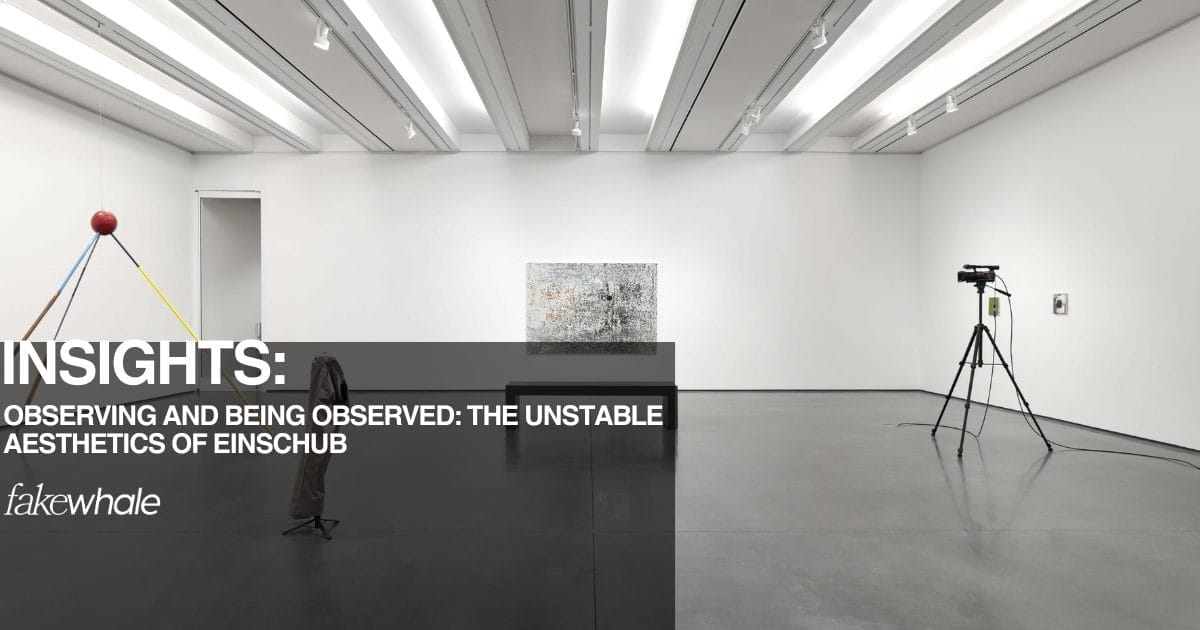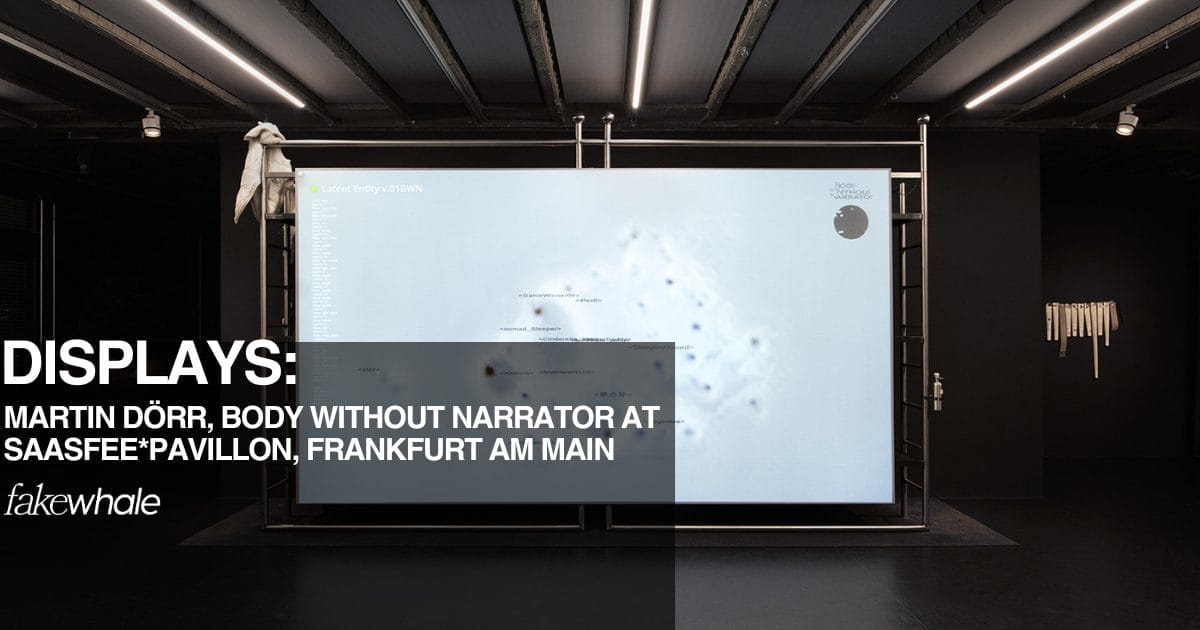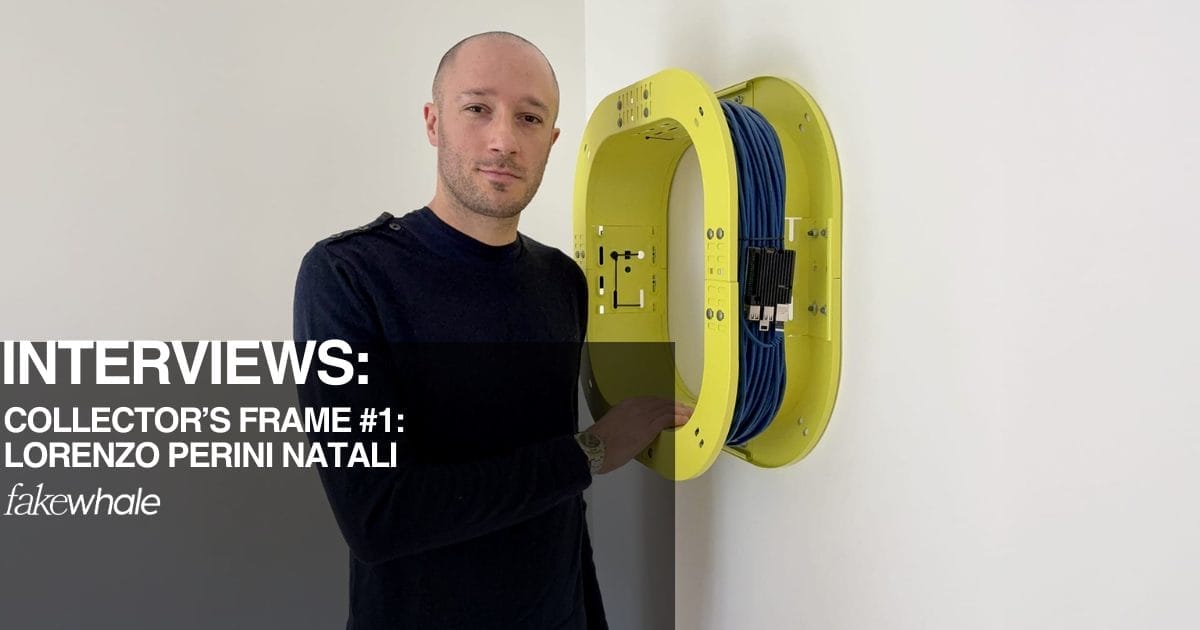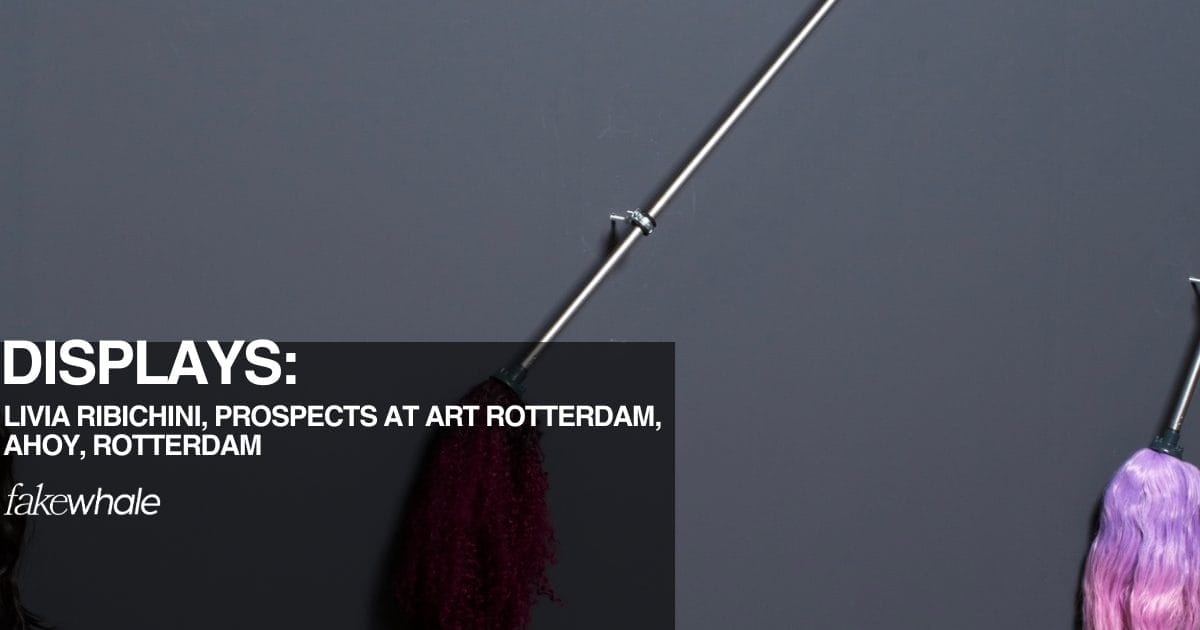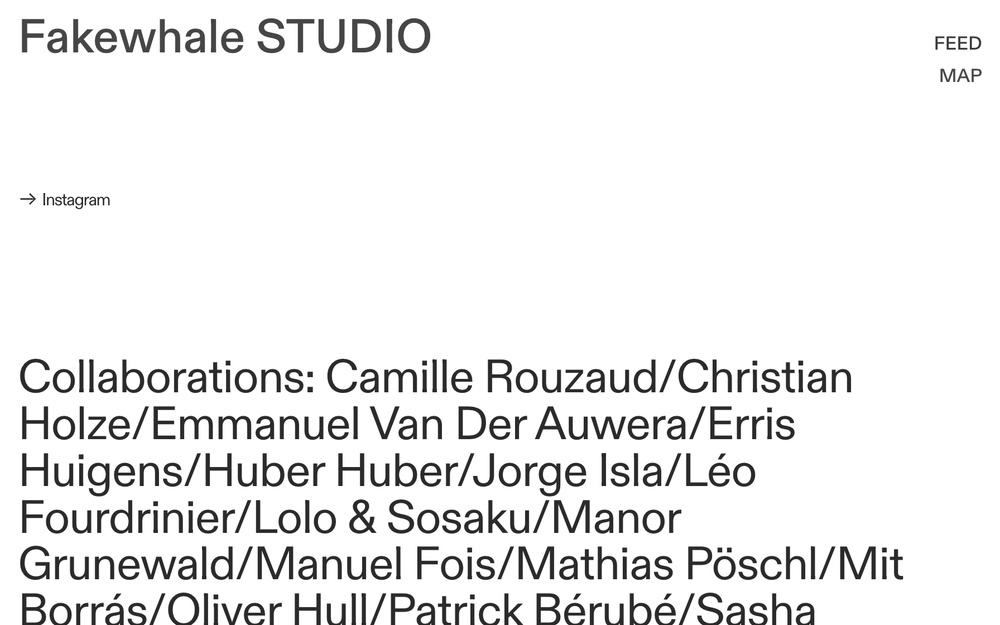
David Ostrowski, Das Goldene Scheiss, March 9 - April 15, 2014. Installation view, Almine Rech Gallery, Paris © David Ostrowski. Photo: Rebecca Fanuele. Courtesy of the Artist and Almine Rech Gallery, Paris / Brussels.
I found myself wondering, standing before those canvases, what I was really looking at.What remains of a painting when every image, every story, every promise of meaning has been stripped away?
These were not surfaces to contemplate, nor narratives to follow.
They were dense fields, heavy with a strange, stubborn absence.
Like a room where someone has just released their final breath.
And yet, was it truly emptiness that I was seeing?
Or was it, rather, another kind of fullness, o full that the eye, accustomed to chasing figures and tales, no longer knew where to rest?
De Cordier’s black canvases did not offer themselves, did not beckon.
They did not seek our gaze; they seemed instead to retreat from it, like a wild animal withdrawing into the undergrowth.
There was nothing to decode, only a mute presence to inhabit.
In an age where screens flood us with endless images, luminous, urgent, hungry for attention, there is something almost radical in standing before a black surface that refuses all of that.
Where our devices produce a continuous flow of spectacle, De Cordier’s paintings present a rupture: a space where seeing becomes impossible, and thus, strangely, becomes truer.
A black mirror, not reflecting us back, but absorbing us into something quieter, slower, more real.
INSIGHTS/ Liturgies of Black: Thierry De Cordier at Fondazione Prada

Image from the exhibition “NADA” by Thierry De Cordier, photo by Agostino Osio, credit: Fondazione Prada.
There are exhibitions that present artworks, and there are those that present thresholds. NADA, the monographic project by Belgian artist Thierry De Cordier at Fondazione Prada’s Cisterna in Milan, belongs entirely to the latter. It does not offer paintings to admire, interpret, or decode, it offers an abyss to lean into. A silence so dense it becomes audible. A kind of void that does not diminish, but expands.
Ten monumental black canvases, created over the course of two and a half decades, inhabit the vertical spaces of the Cisterna like silent monoliths. They do not speak. They don’t even whisper. And yet they insist, they stay, they hold, they resonate. I spent time with them, and time itself seemed to unravel in their presence. They do not allow for distraction. They are not made for the quickened eye. They demand not our attention, but our surrender.
De Cordier has written that his first black painting, now destroyed, was conceived with a singular intention: to erase the image of Christ on the cross. Not to offend or provoke, but to symbolically extinguish an iconographic structure that, for centuries, has dominated the Western gaze. In this gesture of erasure, I sense not destruction, but a form of mourning. Not rebellion, but rigor. A monk-like austerity. A renunciation.
CONTINUE READING ↓
EXPLORE THE LATESTS ARTICLES↓
COLLECTORS/ Collector’s Frame #1: LORENZO PERINI NATALI
With this first chapter, we are launching a new editorial series by Fakewhale, entirely dedicated to collectors. After years of focusing on artistic projects, exhibitions, and institutions, we felt it was essential to create a space for those who, with their passionate vision and constant commitment, play a crucial role in the art ecosystem: the collectors.
This format was conceived to highlight the personal stories behind collections, revealing the motivations, visions, and journeys that brought them to life and continue to shape them. Each chapter takes the form of a single monologue-letter, written directly by the collector, beginning with a personal photograph, a meaningful image that may not be related to the art world, but which marks the starting point of their story.
It was during this research phase that we came into contact with Lorenzo Perini Natali, uncovering a compelling narrative that seamlessly weaves together art, industry, and visual research with rare consistency.
From the initial intuition to the evolving curatorial commitment, Lorenzo’s journey fascinated us for the depth and originality with which he has transformed his collection into a productive, shared, and collective gesture. FakeWhale had the pleasure of meeting him to explore the origins of his collection, the crucial role of dialogue with artists, and the birth of Project Ludovico, a platform that perfectly embodies the spirit of this new format.
CONTINUE READING ↓
EXPLORE THE LATESTS ARTICLES↓
If you want to submit the full documentation for an exhibition or event, use the dedicated form HERE. Every week, our editorial team reviews and selects the best applications.
INTERVIEWS/ In Dialogue with Fakewhale: Aaron McLaughlin on Challenging Systems and Shaping New Relations
Aaron McLaughlin is an artist and curator whose practice systematically challenges established structures, critically examining institutional and cultural mechanisms through works that span sculpture, performance, installation, and socially engaged practices. His work stands out for its ability to translate complex concepts into participatory frameworks that demand the active involvement of the audience, generating new forms of connection and meaning. At FakeWhale, we had the privilege of exploring with him the foundations of his interdisciplinary approach, his critical reflections on accessibility, and the evolution of his artistic and curatorial strategies in response to the shifts of contemporary society.
Accessibility is a central theme in your artistic practice. Could you explain how you explore this concept both conceptually in your works and practically through community projects?
I map out rules for a certain medium and context to be performed by institutional agents and the public. Pieces vary in scale and complexity, incorporating sculpture, film, performance, installation, and collaborative and curatorial practices. Within institutions, I deploy different agreements including contracts, handshakes and digital correspondences. In terms of community projects, I am working with socially-engaged mechanisms, to platform a certain demographic and challenge entrenched infrastructures within and beyond the art world. As an example, Ellipsis (…) was an autonomous art space, initiated through an open call for group exhibitions, giving preference to inexperienced artists. As a means to avoid gatekeepers, the proposed artworks were not judged; all proposals that met the criteria were accepted. While this project could be seen as curatorial, I view it as a generative sculpture as it is socially dependent: it questions what limits are placed on who is accepted as an artist and what paratexts contextualise their work, as well as creates further opportunities for direct audience participation, or something. (…)
CONTINUE READING ↓
EXPLORE THE LATESTS ARTICLES↓
That wraps this week’s issue of the Fakewhale Newsletter, be sure to check in for the next one for more insights into the Fakewhale ecosystem!

